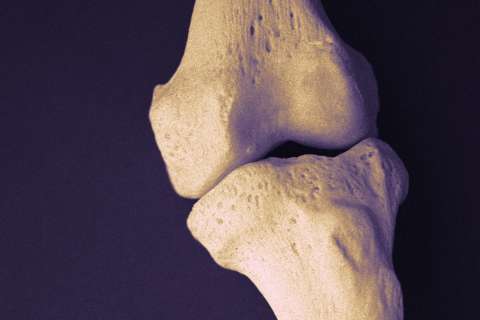Dear Doctors: I'm getting a lot of advice during my pregnancy. Some of it is useful, but there have been a few old wives’ tales mixed in. A friend says you're supposed to save your children's baby teeth because they're a source of stem cells. Is this really true?
Dear Reader: Braving a wave of unsolicited (but well-meaning) advice is one of the rites of passage of pregnancy. Family, friends and even strangers suddenly feel free to weigh in with opinions and guidance -- not all of it helpful. But while your friend's suggestion about saving a child's baby teeth may sound far-fetched, it has a basis in fact. There are some important caveats, however, which we will get to in a moment.
To answer the question, we should start with stem cells. These are cells that have the unique ability to repeatedly renew themselves. They also have the potential to develop into specialized cells, such as muscle, blood, nerve or brain cells. These qualities have been harnessed for use in medical treatments, such as stem cell transplants in treating some blood cancers. Stem cells are also central to a wide range of research for future treatments, including diabetes, Parkinson's disease, Alzheimer's disease, spinal injury, nerve damage, heart disease, immune disorders and various cancers.
This has led to the practice of banking the blood that remains in the placenta and the umbilical cord following a birth. This blood is a rich source of stem cells that can be invaluable if a child should need certain types of specialized medical treatments in the future. And because dental pulp is also a source of stem cells, saving a child's baby teeth offers a second chance to preserve these important tissues.
And now come the caveats. Stem cells can only be extracted from freshly removed teeth. This includes teeth that come out naturally and those that have been extracted. The baby teeth that some parents have saved in a box are not suitable for this use.
Once removed, the teeth are immediately bathed in a special solution. They are then shipped to a tissue bank where the living stem cells are extracted, grown in a culture and cryogenically preserved until needed. Several tissue banks now offer this service, which comes with an annual fee for storage.
It's also important to know that dental stem cells differ from those found in cord blood. Research into their potential uses is just beginning. So far, this has focused on applications such as fixing cracked tooth enamel, repairing bone deterioration in gum disease or regenerating tooth pulp in root canal therapy.
Researchers also hope to harness these cells to regenerate salivary glands damaged by radiation therapy; repair congenital and acquired deformities to tissues of the head, skull, face, neck and jaws; and treat lichen planus, an inflammatory skin condition. Although there are no clinical applications for dental stem cells at this time, the science is evolving rapidly. Those who chose to bank extracted teeth and baby teeth say they are betting on the future.
(Send your questions to [email protected], or write: Ask the Doctors, c/o UCLA Health Sciences Media Relations, 10960 Wilshire Blvd., Suite 1955, Los Angeles, CA, 90024. Owing to the volume of mail, personal replies cannot be provided.)





